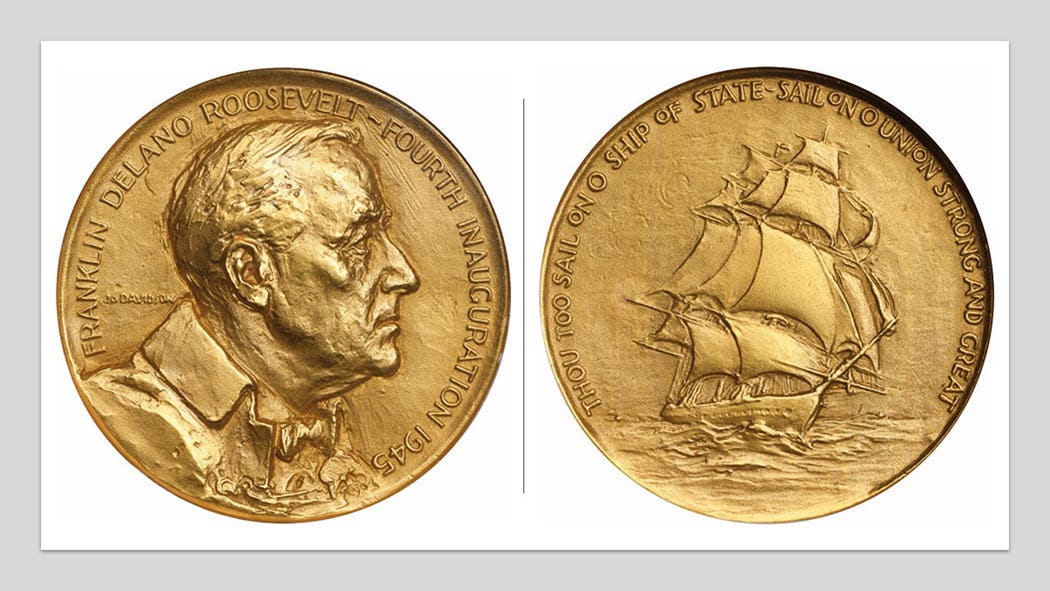Will U.S. Mint Price Increases Backfire?
This week, the U.S. Mint announced significant price hikes for its silver numismatic products. The range of increases ranged from about 30 percent to 70 percent. The jump in prices…
This week, the U.S. Mint announced significant price hikes for its silver numismatic products. The range of increases ranged from about 30 percent to 70 percent. The jump in prices is related to the rise in the silver spot price of about 35 percent year to date.
The higher prices include such products as commemorative silver dollars, burnished and proof silver American Eagles, burnished 5-ounce America the Beautiful quarters and silver proof sets.
Adjusting prices is sensible. For instance, the bullion gold, silver and platinum coins issued by the U.S. Mint are sold at prices determined by current spot price markets. Thus, higher prices are automatically handled with these products.
However, just because the price of a major raw material has increased 35 percent does not necessarily mean that the entire product’s retail price merits a matching price hike.
The cost components of a product are raw materials (including the packaging), labor, and fixed and variable overhead. In the bullion-priced coins, the raw material costs are the largest part of total costs. Thus, it makes sense that these should be priced at ever-changing current markets.
However, numismatic products are already priced significantly above raw material costs. Even if the price of silver in the coins and medals has increased 35 percent this year, has the U.S. Mint also seen comparable increases in other raw material, labor and overhead costs?
I ask this question because some of the price increases are possibly high enough so as to result in a significant drop in public demand.
As one example, the 2020 10-coin Silver Proof Set, which contains seven coins made of .999 fine silver, was earlier offered for sale at $63.25. Now the Mint’s price is $105, a 66 percent jump. In comparison, when the 2011 Silver Proof Set went on sale on Jan. 25, 2011, the Mint’s retail price then was $67.95. On that date, the COMEX silver spot close was $26.81. Has the Mint been hit with so much higher costs for labor and overhead that a price above $100 is now necessary for this set? I have my doubts.
In theory, the U.S. Mint needs to operate its numismatic operations at a profit. However, is it possible that this week’s price increases may be so high that a decline in sales may actually backfire?
I consider the issue of the U.S. Mint’s selling prices since this is a common vendor to many beginning numismatists. Should these collectors be discouraged because of the price hikes, it is possible that there will be fewer advanced collectors in future years.
Patrick A. Heller was honored as a 2019 FUN Numismatic Ambassador. He is also the recipient of the American Numismatic Association 2018 Glenn Smedley Memorial Service Award, 2017 Exemplary Service Award 2012 Harry Forman National Dealer of the Year Award and 2008 Presidential Award winner. Over the years, he has also been honored by the Numismatic Literary Guild (including twice in 2019), Professional Numismatists Guild, Industry Council for Tangible Assets, and the Michigan State Numismatic Society. He is the communications officer of Liberty Coin Service in Lansing, Mich., and writes Liberty’s Outlook, a monthly newsletter on rare coins and precious metals subjects. Past newsletter issues can be viewed at www.libertycoinservice.com. Some of his radio commentaries titled “Things You ‘Know’ That Just Aren’t So, And Important News You Need To Know” can be heard at 8:45 a.m. Wednesday and Friday mornings on 1320-AM WILS in Lansing (which streams live and become part of the audio and text archives posted at www.1320wils.com). ◆








